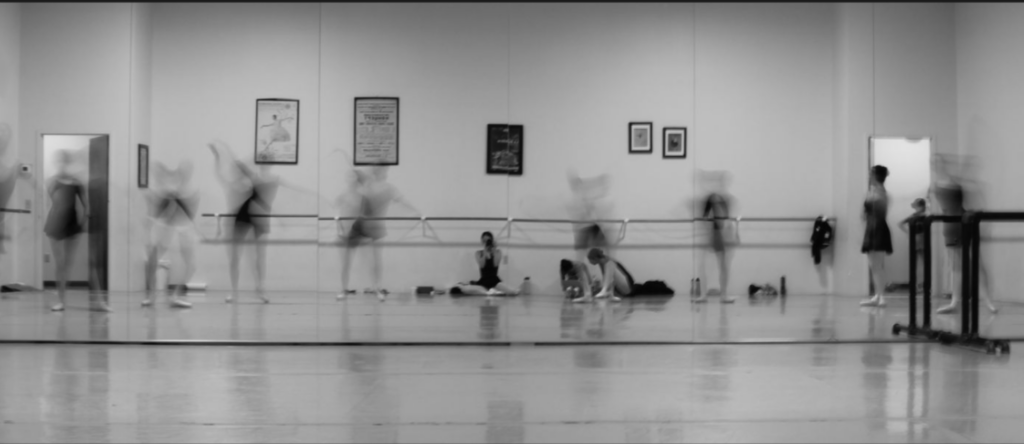Cloud Parker ’27
Art competitions outside of school provide students with extended time to learn, refine, and improve their art, often sparking creativity through the hope of achieving recognition or winning. Some common places to submit for students are Scholastic, Sundance, and Foyle Young Poets.
Students use these competitions for practical purposes, like building portfolios, strengthening college applications, or simply enjoying the process. Celina Cai ’27 shares, “I had two pieces—a watercolor of a window in a house and a painting of an eye. They started as a class project, but I worked on them weekly with my teacher over three weeks.” Through the process, Cai discovered her preferences for certain painting styles.
Michael DiMonte ’25, describes his journey with submitting a short film to the Sundance film competition: “I submitted a documentary I made, Driving Delco, and later a short film, My Couch, for my Temple application, which I also submitted to Sundance. Knowing I’d spend money to enter competitions made me more intentional and willing to take risks with my projects.” DiMonte encourages EA students to explore competition opportunities, explaining, “You can gain internships, earn money, and build connections.”
Elle DuPont ‘25 also gives some insights about her journey of submission: “It’s a really cool opportunity because you get to see what people your age are doing, and there are also resources that help you to get better.” DuPont has submitted to Foyle Young Poets and Scholastic, and has earned numerous gold keys in the Scholastic competition. She has very much learned from and enjoyed submitting to these competitions.
Teachers also play a vital role in guiding students toward these competitions. Jim Erwin, Music Department Chair and Choir Director emphasizes the value of submitting to external competitions: “More advanced students can be around other advanced students who are as dedicated as they are to the art. Being surrounded by like-minded peers can inspire them to practice more and refine their art.”
Upper School Art Teacher David Sigel highlights the benefit of having different voices comment on one’s work, remarking, “I think it’s extremely important to submit to competitions, especially in the art world because art is subjective. Hearing many voices and receiving broad feedback helps students grow—it shouldn’t just be one person’s opinion.” Upper School Teacher and faculty advisor to the Creative Writing Club Christopher McCreary adds, “For students who produce creative work, sharing it beyond their friend group satisfies both the competitive urge and the satisfaction of having an audience. It also fosters community building, as contests bring people together.”

Photo courtesy of Kailin Gao ’25
Participating in these competitions should not be about winning or losing but rather about growing as an artist. Erwin explains, “When you get rejected, it should, in theory, inspire you to analyze your mistakes and grow. Seeing other people’s work can also motivate you.” McCreary comments, “Rejection isn’t always a judgment on the quality of your work. With so many submissions, outcomes can depend on factors beyond your control, like a similarity to last year’s winner. The key is to keep submitting to multiple contests so one rejection doesn’t feel like the end of the road.”
Submitting to art competitions helps budding artists grow, bolsters college applications, and connects them with influential figures in their fields. Encourage your classmates and peers to sign up for a local competition—it could be the start of something incredible!